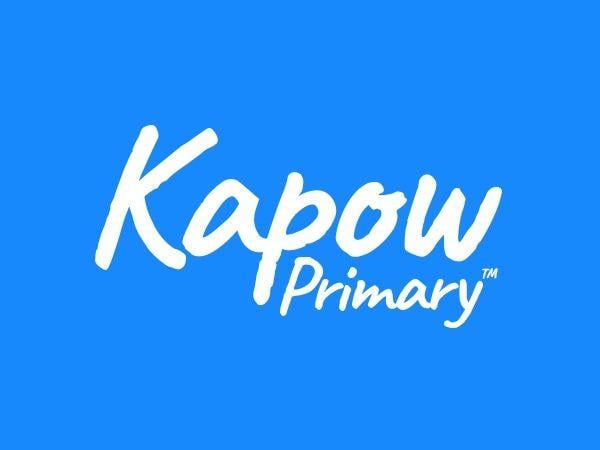Learning objective
- To hear, write and clap rhythms based on a phrase from a story.
Success criteria
- I can recognise and write one-beat notes.
- I can
This content is for subscribers only. Join for access today.
National curriculum
Music
Pupils should be taught to:
- Use
This content is for subscribers only. Join for access today.
Cross-curricular links
None.
This content is for subscribers only. Join for access today.
Before the lesson
This content is for subscribers only. Join for access today.
Lesson plan
Recap and recall
Arrange the children in pairs. Display the Presentation: St George and the King rhythms.
This content is for subscribers only. Join for access today.
Extended-mode explainer videos
How to extend your display to view the lesson page and preseantion mode simultaneously. Choose your operating system below to watch the video
If you need further support with extending your display,
please contact [email protected].
Extended-mode explainer video: For Mac
Extended-mode explainer video: For Windows
Adaptive teaching
Pupils needing extra support
Should verbally practise the rhythms with the clapping until confident before adding marching to represent the beat.
Pupils working at greater depth
Could experiment using different movements to show the rhythm or reflect the beat, such as tapping or swaying.
This content is for subscribers only. Join for access today.
Assessing progress and understanding
Pupils with secure understanding indicated by: recognising and writing one-beat notes; recognising
This content is for subscribers only. Join for access today.
Vocabulary definitions
-
beat
The heartbeat of the music. Sometimes called the 'beat'.
-
paired half beats
Two sounds that fit into one beat.
This content is for subscribers only. Join for access today.
In this unit
Assessment - Music Y2: Structure
Lesson 1: Reading and clapping rhythms
Lesson 2: Clapping and writing rhythms
Lesson 3: Structure
Lesson 4: Compose with structure
Lesson 5: Rehearse and perform
Contributors


